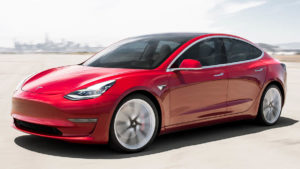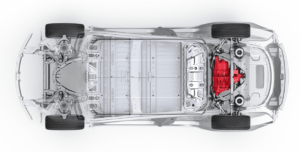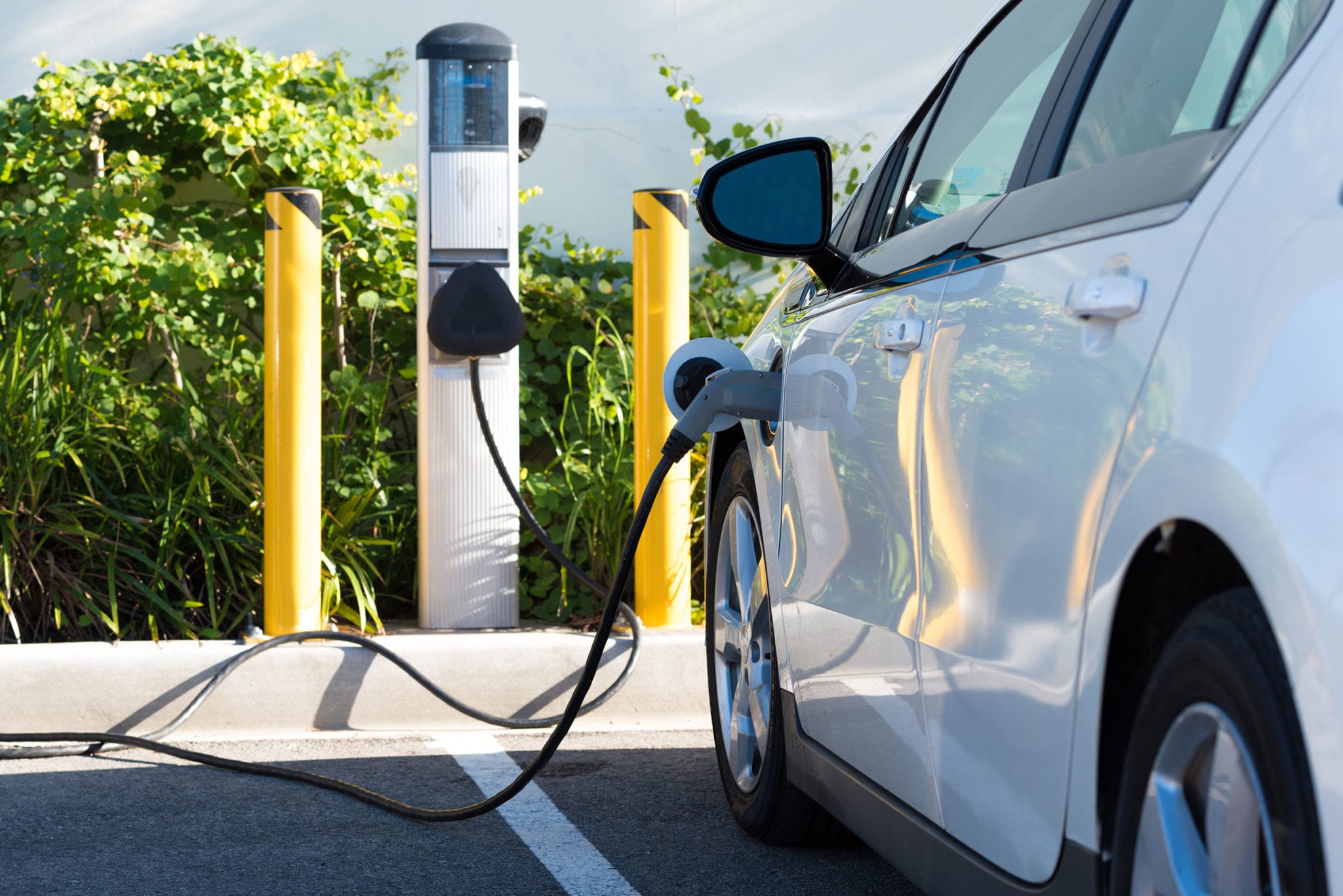EVs have faced a lot of criticism since their emergence in the 2000s. And critics very skeptical about the clean label EVs came with. Tesla Model 3 has become the most popular EV and most sold, too. According to InsideEVs.com’s data, Tesla sold 67, 650 Model 3s from January to June. The number is a lot higher compared to last year during the same period when the sale was 24,367 units. In June alone, a whopping number if 21,225 Model 3s were sold.

According to InsideEVs.com, 106,864 full-electric vehicles were leased or sold in the U.S. so far. This is also a massive increase from last year’s 63,752 battery-driven cars. The success of Model 3 has a lot to do with this jump in sales. Model 3, single-handedly accounts for 63% of all the EV sales of 2019. Over the last ten years, a large number of people have begun to switch to electric vehicles. There has been an increase in the car leasing through online platforms like QuitALease where you could buy a car lease, swap a lease with someone or even transfer your car lease. Compared to car purchases, car leasing is becoming a preferred option to own a car.
There are tons of reasons why one might want to switch to an EV. Electric cars have more efficiency than gas-powered vehicles. It also reduces your dependence on fossil fuels and requires a lot less than most of the cars. But it is important to know that an EV is only as clean as the electricity that is used to charge it.
Electric cars have been scrutinized a great deal. There have been concerns regarding manufacturing and even overall autonomy. So, a lot of people still have mixed opinions about electric vehicles: How clean are these vehicles?
According to Niall Hogan Head of emobility ESB cars, EVs reduce emissions compared to internal combustion engine vehicles which are on a direct substitution basis. “An EV has zero tailpipe emissions, which is great for air quality in towns and cities. At the current average carbon intensity of electricity generation in Ireland, this would give an emissions figure of less than 70g CO2per km for electric vehicles. This will further reduce as the electricity sector decarbonizes.”
Electricity Sources
The Center of Economic Studies (CES) published a study revealing that Germany’s present energy mix, the amount of energy used in the battery production along with the CO2 emissions of battery-electric vehicles are a bit more than the diesel engine in few cases. Usually, they are a lot higher.
It came as quite an accusation on an EV’s performance. Therefore, the industry experts dismissed the paper. They pointed out a detailed list of inaccuracies with the findings of CES. The study presented ICEV emission much lower than reality, aside from distorted presentation of government data to suit their research and giving formerly disregarded information like after 150,000 km, the electric car batteries become hazardous waste.
Head of the Department of Automotive Engineering, Dr. Markus Lienkamp at the Technical University of Munich denounced this report as well calling it an unscientific and conspiracy theory. Some other experts directed towards some studies which took place in the past and revealed that when you charge an electric vehicle on a coal-powered grid, it reaches similar carbon emissions performance as an ICEV which makes electric vehicles a lot more effective in their respective lifetimes.
The Battery Production
A common debate that often follows regarding the image of electric cars is the pollution caused due to the manufacturing of their batteries. No doubt, a variety of rare-earth metals used in the composition of the battery and the process of extraction and mining lead to carbon emissions.

But, the 2018 International Council on Clean Transportation’s report suggests that the country has a greater impact on emissions which produces and the battery along with its composition. In China, a comparative study (EVs and Internal Combustion Engine Vehicle ICEV) supports the ICTT report stating that smart manufacturing processes and infrastructure are the main sources of reducing emissions during the production process.
The manufacturers of EV battery manufacturers in China create about 60% more CO2 during the fabrication compared to the engine production of ICEV. But if they adopt the American or European techniques, they could bring it to about 66%. Hence, the pollution generated through the extraction and the production procedure remains a bit on the upper side than the manufacturing process of diesel-based or petrol engines.
The Difference between Lifetimes
ICTT also observed the emissions difference between internal combustion and electric throughout their lifetimes. Electric vehicles produce most of their emissions via their manufacturing process and energy sourcing with no tailpipe emissions and no combustion. This gives EVs an advantage over cars that are powered by diesel and petrol.
Since 2002, ICEVs have been lessening their emissions bit by bit. Electric vehicles still lead ahead with no or little running emissions. As EVs are becoming more common among the masses, the manufacturing process is becoming more widespread. Also, this shall lead to an efficient battery recycling procedure while reducing the demand for extractions. This way, it greatly lessens the dependence on new battery production and mining.
When you take a close look at the complete lifetime of an electric car, it is only then you can fathom its total effect. This is where combustion vehicles cannot context. Regardless of their electricity source, EVs have lower emissions over their lifetime compared to the vehicles that run on fossil fuels.
The Future of Electric Vehicles
A Carbon Brief’s report demonstrates that EVs are responsible for less contribution to climate change compared to conventional cars across Europe and the United States.
Most of the present electrical grids are focused on reducing their fossil fuel dependence and boosting their renewable energy production. As electrical vehicles create fewer emissions no matter their energy source, it is evident that EVs are not only better for the environment, but are the vehicles of the future.
Car manufacturers also agree that EVs lead to a cleaner environment and are less polluting. They are producing more EVs to help reduce the total carbon emissions in the environment.
The EVs currently holds the title for being less polluting compared to their combustion engine counterparts. And as technology advances, it is bound to become more sustainable. Economies can also benefit the EV manufacturing a great deal by offering them smart manufacturing ways, recycling options, and better infrastructure. Also, reduce the need for mining new materials.
One cannot term EV as a magic pill for emission control. But when merged with the decarbonization of electricity grid and better allocation of renewables, they can surely offer a path to tread on for a massive reduction of greenhouse gas emissions.


